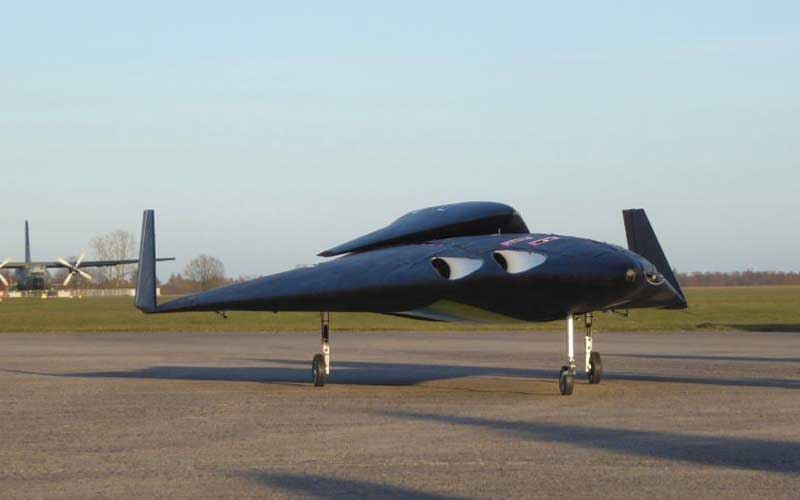
The German space agency DLR has signed an agreement with POLARIS Spaceplanes to explore how to integrate regular spaceplane and hypersonic vehicle flights into commercial airspace.
Founded in 2019, Bremen-based POLARIS Spaceplanes is developing a multipurpose spaceplane and hypersonic transport system. The company’s vehicles utilize jet engines during take-off, landing, and pre-ignition phases of flight, and in-house developed aerospike rocket engines for hypersonic testing and orbital payload deployment. When launching payloads into space, the company employs an expendable upper stage.
On 30 July, DLR announced that it had signed a cooperation agreement with POLARIS to explore how to integrate its operations into national, European, and intercontinental airspace.
As part of the cooperation between the two parties, the DLR Institute of Flight Guidance will explore the possibility of using its Launch Coordination Centre, which was created in late 2021, to safely integrate POLARIS aircraft into commercial airspace. POLARIS will assist in this process by providing use cases for its current fleet of demonstrators and its future multipurpose spaceplane and hypersonic transport system.
POLARIS is currently working on building a pair of identical subscale five-metre-long spaceplane demonstrators called MIRA II and MIRA III. The company recently took delivery of both glass-fiber composite airframe structures and is working towards commencing flight testing as early as September. MIRA II and MIRA III will replace their predecessor which was decommissioned after being damaged during a takeoff incident.
Following the completion of the MIRA II and MIRA III test campaigns, POLARIS will begin building an eight-metre-long supersonic successor, which will be a prototype of the company’s first commercial product.




